How 5-Spectrum Imaging Is Revolutionizing Facial Skin Analysis in 2025
Introduction:
In today’s rapidly advancing aesthetic industry, technology is reshaping how skin conditions are assessed, diagnosed, and treated. One of the most revolutionary developments in this field is the use of 5-spectrum imaging in facial skin analysis — a breakthrough that empowers clinicians and aesthetic professionals to see far beyond what’s visible to the naked eye. This article explores how five-spectrum imaging works and why it's a game-changer in clinical skin assessments.
1.What Is Facial Skin Analysis?
Facial skin analysis refers to the process of evaluating the health and condition of a person’s skin using specialized skin analysis equipment. It involves analyzing various skin parameters such as hydration, pigmentation, pore size, elasticity, wrinkles, oil secretion, UV damage, and more. Traditionally, this assessment relied on a clinician’s visual inspection and patient feedback. However, with technological advancements, we now have intelligent systems powered by AI algorithms and multi-spectral imaging that offer deeper, data-driven insights.
2.Introducing 5-Spectrum Imaging Technology
Five-spectrum (5-spectral) imaging combines multiple light sources and filters to capture skin data across different depths and properties. By layering these spectral images, clinicians can achieve a comprehensive 3D-like understanding of the skin—essentially seeing what lies beneath the surface. Here’s a breakdown of the five light spectrums and their clinical relevance:
|
Spectrum |
Function |
Clinical Value |
Real-world Applications |
|
RGB (Visible Light) |
Captures surface texture, pores, wrinkles, and overall tone |
Assists in visualizing aging, acne, and surface pigmentation |
Commonly used in clinics across the U.S. for general skin assessments and consultations |
|
UV (Ultraviolet) |
Highlights sun damage, deep pigmentation, and oil accumulation |
Enables early detection of sunspots, clogged pores, and photodamage |
Utilized in Australia and California dermatology centers to assess cumulative UV exposure |
|
PL (Polarized Light) |
Enhances visibility of vascular structures and redness |
Detects inflammation, sensitivity, and vascular issues like rosacea |
Used in Canadian aesthetic clinics for redness and capillary analysis |
|
Red Spectrum |
Penetrates dermal layers to assess collagen and elasticity |
Identifies early signs of aging and guides anti-aging treatment plans |
Frequently applied in UK anti-aging treatment clinics for collagen evaluation |
|
NIR (Near-Infrared) |
Reaches deep tissue layers to map capillaries and subdermal issues |
Supports diagnosis of hidden damage, capillary health, and dermal layer anomalies |
Popular in Korean medical spas for subcutaneous analysis and treatment customization |
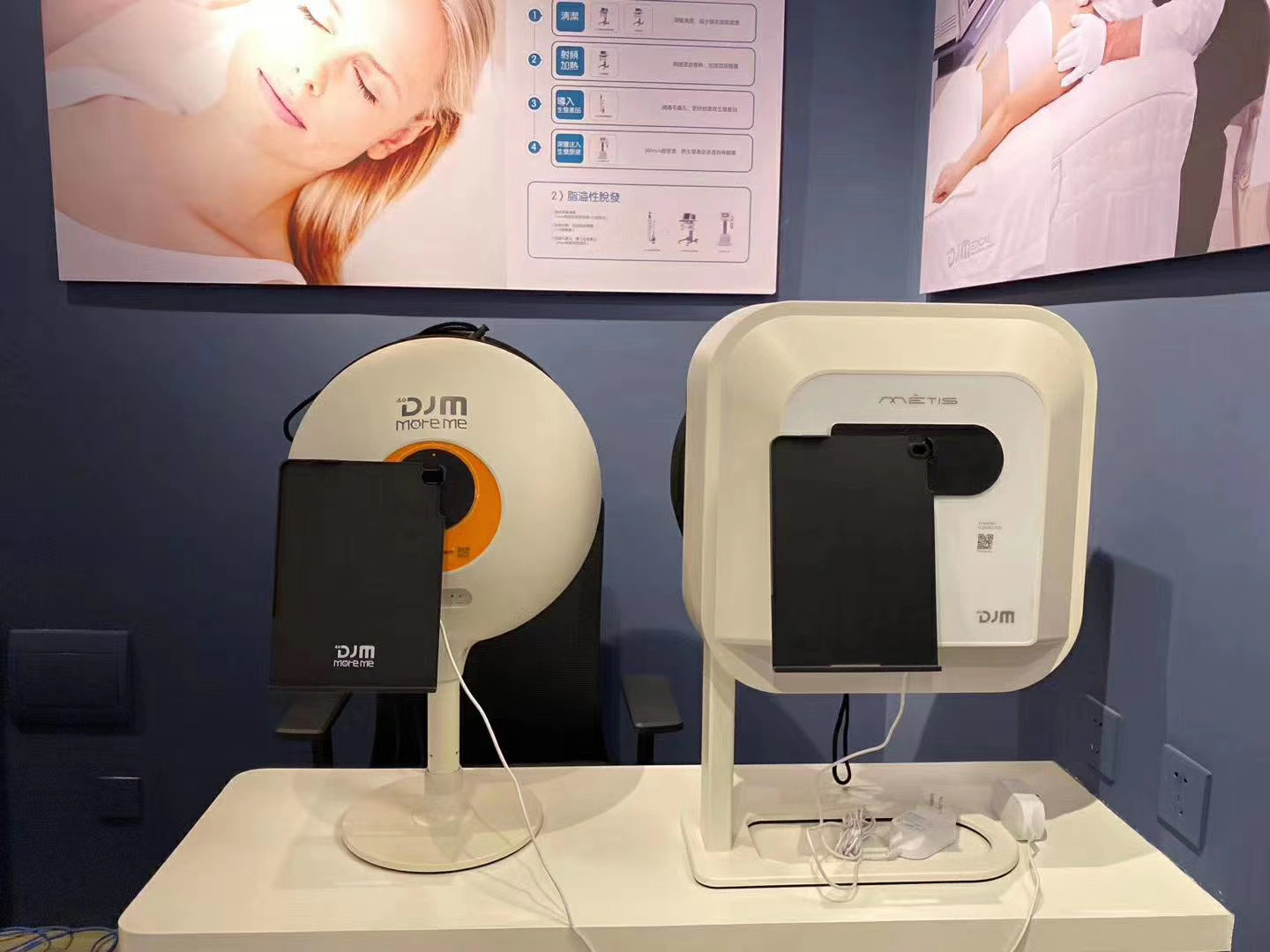
3.Why 5-Spectrum Imaging Matters in Aesthetic Clinics
3.1More Accurate Diagnosis = More Effective Treatment
Traditional visual assessments often miss subtle or early-stage skin issues that lie beneath the surface, such as subclinical pigmentation, dermal dehydration, or inflammation. With 5-spectrum imaging, clinicians can detect problems like UV-induced melanogenesis or early signs of collagen degradation before symptoms become visible. For instance, a patient in their 30s might show no obvious wrinkles, but NIR imaging could reveal early-stage loss of dermal density, enabling timely anti-aging interventions like RF microneedling or collagen-inducing serums. Early detection allows for proactive treatments, which improve patient outcomes, reduce long-term costs, and increase treatment satisfaction.
3.2 Personalized Aesthetic Treatment Plans
Facial skin analysis powered by multi-spectral imaging provides a precise skin health profile of each patient. With quantitative data on sebum production, melanin concentration, vascular conditions, and skin texture, practitioners can tailor highly targeted treatments. For example, if UV imaging shows significant sun damage and pigmentation beneath the surface, a clinician might recommend a series of IPL treatments paired with topical antioxidants. Alternatively, visible light imaging that highlights enlarged pores and high oil secretion could justify prescribing salicylic acid peels or LED light therapy. This level of customization enhances efficacy and reduces the risk of overtreatment or ineffective procedures.
3.3 Improved Patient Trust and Engagement
Seeing is believing. When patients are shown high-resolution, multi-spectral images of their skin, they gain deeper insights into their current skin condition and potential risks. This transparency fosters trust in the practitioner’s expertise and builds confidence in the recommended treatment plan. For example, a patient hesitant about investing in a photorejuvenation package may change their mind after seeing UV images revealing deep sun damage not visible under regular lighting. Moreover, with standardized before-and-after imaging comparisons, patients can visually track their progress, making them more likely to adhere to long-term treatment regimens and product usage.
3.4 Consistency and Standardization
Manual assessments can vary significantly between practitioners and are often influenced by subjective interpretation. In contrast, 5-spectrum imaging provides objective, data-rich diagnostics that are consistent and reproducible across sessions and clinicians. For example, whether a patient is treated in New York or Seoul, the use of a professional skin analysis device like DJM Moreme ensures that their vascular redness score or melanin index remains standardized and comparable. This consistency is crucial for monitoring treatment efficacy over time, especially in long-term regimens like acne management or anti-aging programs. It also allows for better internal record-keeping, cross-clinic communication, and patient satisfaction tracking.
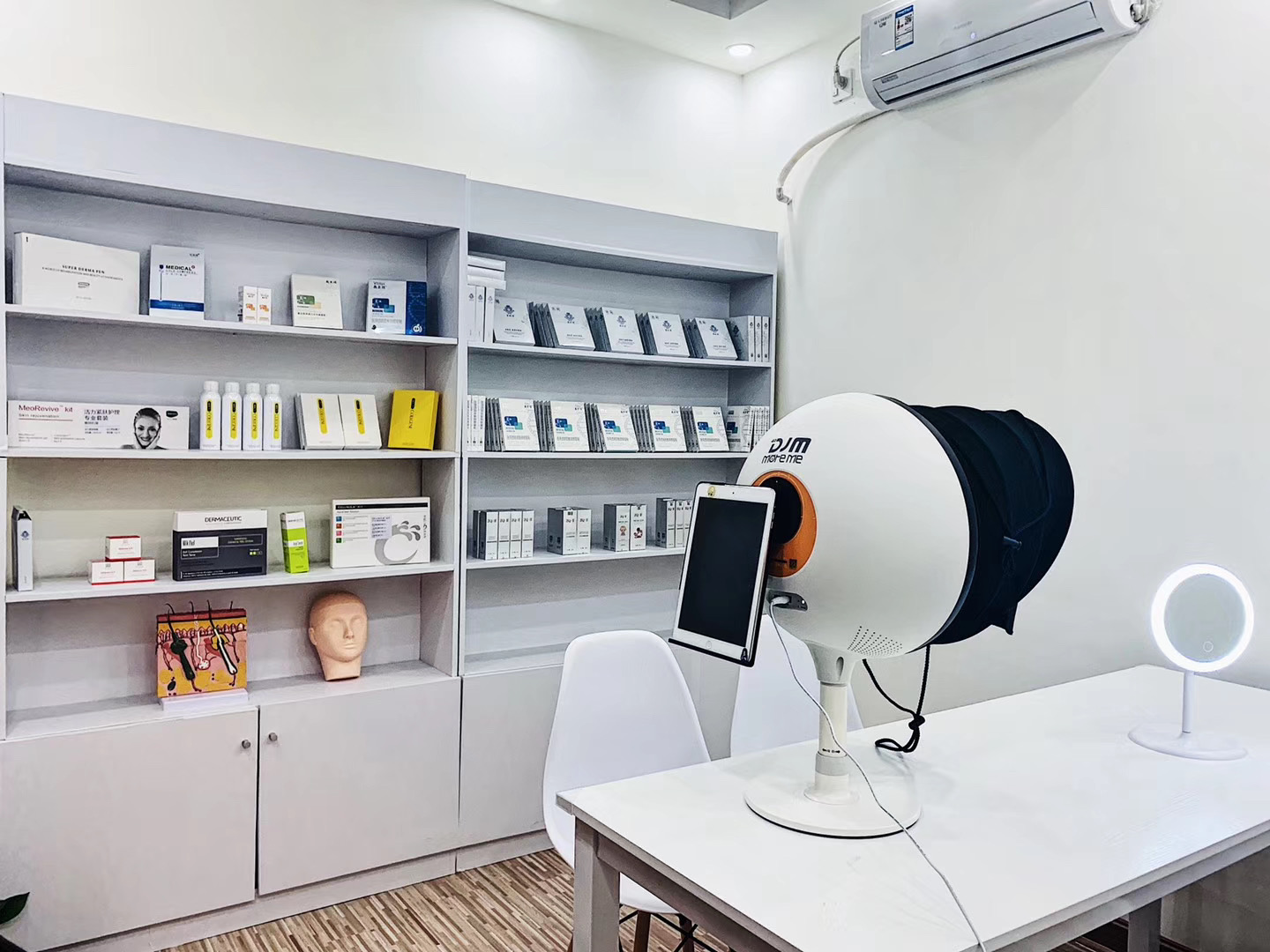
4.The Science Behind the Image: How Each Spectrum Works
Each spectrum used in DJM Moreme’s 5-spectrum imaging technology serves a distinct purpose in revealing different aspects of the skin, both on the surface and beneath. Understanding how each light spectrum functions allows clinicians to build a complete diagnostic profile of the patient’s skin health.
|
Spectrum |
Function |
Clinical Value |
|
RGB (Visible) |
Captures surface-level details including overall skin tone, visible pores, blemishes, and wrinkles. |
Provides baseline assessment for aging, texture irregularities, acne, and pigmentation visible to the eye. |
|
UV |
Penetrates the upper epidermis to detect oil buildup, bacterial activity, and sub-surface pigmentation. |
Essential for diagnosing early sun damage, comedones, and melanin overproduction not seen in normal light. |
|
Polarized Light |
Filters surface reflection to highlight vascular patterns, redness, and inflammation markers. |
Useful for evaluating rosacea, broken capillaries, and skin sensitivity — especially in fair-skinned patients. |
|
Red Light |
Reaches into the dermal layer to assess collagen density and skin elasticity. |
Key in evaluating aging-related concerns, such as loss of firmness and early dermal sagging. |
|
Near-Infrared (NIR) |
Penetrates deeper tissues to visualize blood flow, capillary networks, and structural irregularities. |
Detects deeper subcutaneous issues, including vascular abnormalities and structural weakness in mature skin. |
This multi-layered imaging capability is what allows DJM Moreme to move beyond surface-level assessment and support more precise, data-driven facial skin analysis.
5. Choosing the Right Skin Analysis Machine for Your Aesthetic Clinic
Choosing a professional-grade skin analysis device is essential for aesthetic clinics aiming for accurate diagnostics and client trust. With so many options on the market, selecting the right skin analysis equipment can be challenging. Key criteria include:
- Imaging quality and spectral depth
- AI accuracy and data reliability
- User interface and integration options
- Brand credibility and support
Conclusion:
In a world where skin health is becoming a vital component of self-care and wellness, tools like five-spectrum facial skin analysis are not just a luxury—they're becoming a standard in modern aesthetic medicine.
Explore how DJM Moreme can elevate your clinic’s consultation experience. With cutting-edge skin analysis equipment and intelligent AI-powered reporting, it's more than just a skin analysis device — it's a smarter way to care for skin.
Table of Contents
Related information
How can we help you?
Have specific questions or requests? Fill out our inquiry form, and our dedicated team will get back to you promptly. Your inquiries are important to us, and we are committed to providing comprehensive and personalized responses tailored to your needs.


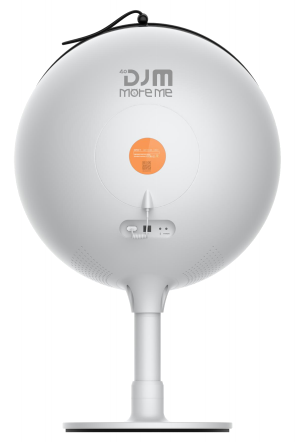
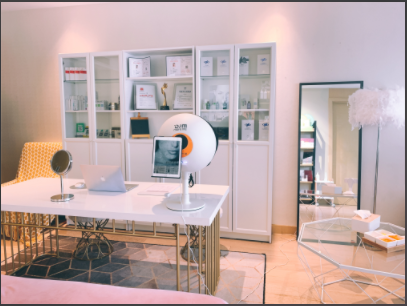
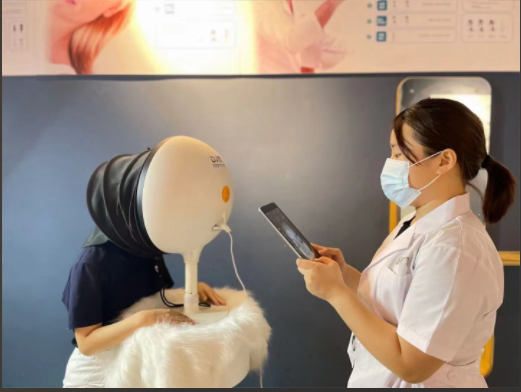
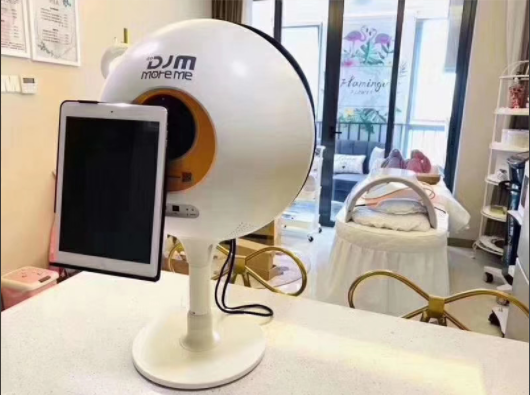
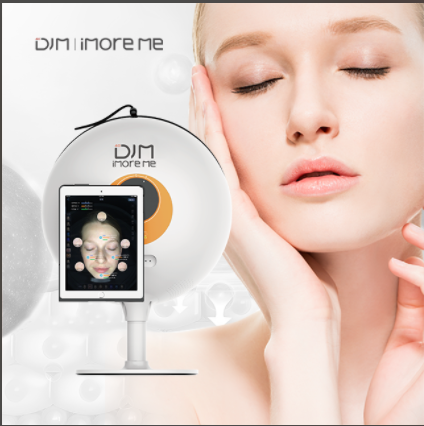
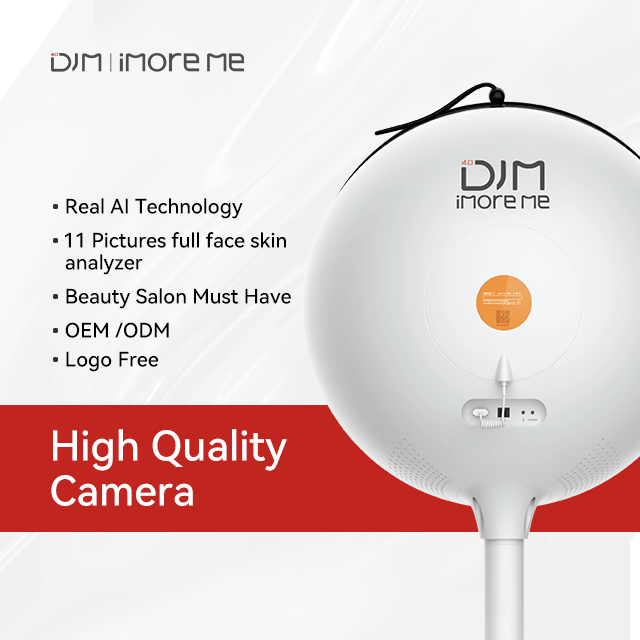
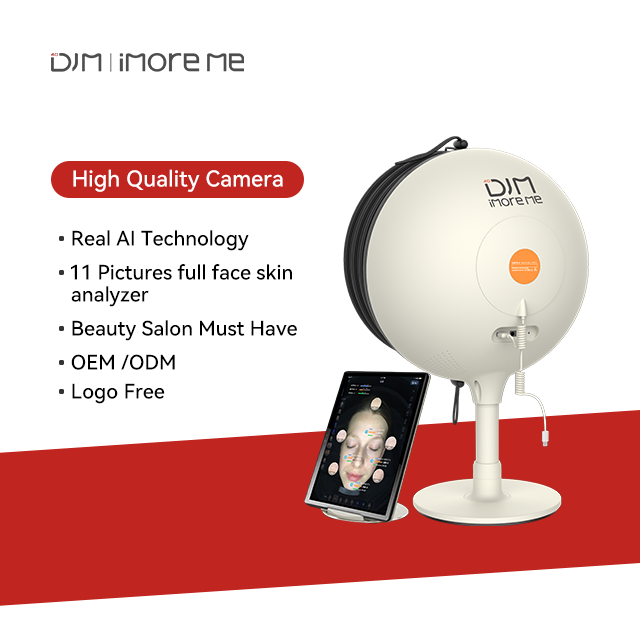
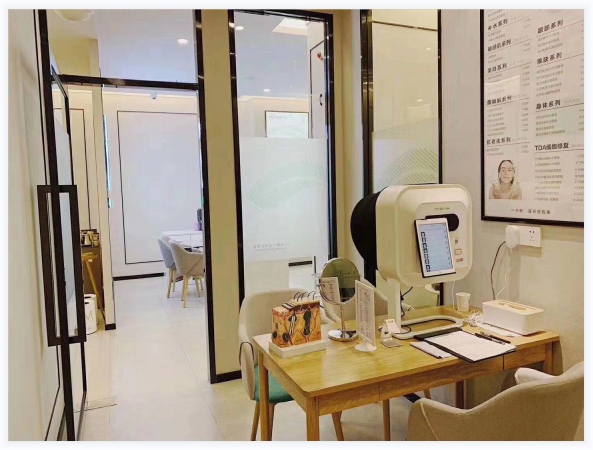


 Reach out to us today!Whether you are preparing to start your own
business in the beauty industry, are ready to upgrade your
equipment, or are just interested in our products,Contact us
today, and let’s explore how we can partner to achieve your goals
and drive your success to new heights!
Reach out to us today!Whether you are preparing to start your own
business in the beauty industry, are ready to upgrade your
equipment, or are just interested in our products,Contact us
today, and let’s explore how we can partner to achieve your goals
and drive your success to new heights!
